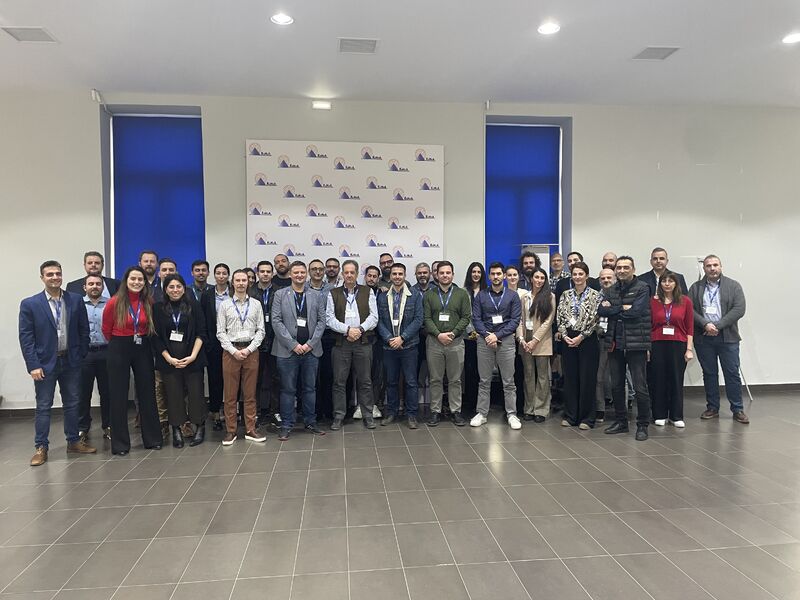TENACITy Training & Living Lab Workshop
We are thrilled to announce the successful conclusion of the TENACITy Training & Living Lab workshop, a collaborative initiative aimed at fostering innovation within law enforcement agencies (LEAs). Co-organized by the Center for Security Studies (KEMEA) and Hardware and Software Engineering, with the active participation of the TENACITy Consortium and external Passenger Information Units (PIUs), this event was held at the KEMEA premises in Athens on February 29th and March 1st. It brought together a diverse group of stakeholders to explore cutting-edge solutions and drive positive change in security studies.
Day One:
The workshop kicked off with a dynamic blend of educational activities designed to empower LEAs with the latest tools and techniques. Through interactive sessions and practical demonstrations, participants embarked on a journey of discovery, learning how to integrate the TENACITy solution into their daily operations. Discussions were lively, and ideas flowed freely as attendees exchanged views, shared best practices, and collaborated on problem-solving strategies.
Day Two:
Building on the momentum of the first day, the second day of the workshop was dedicated to in-depth discussions and comprehensive assessments. Round table discussions provided a platform for participants to dive deeper into the development and implementation of project tools, fostering a spirit of collaboration and innovation. The event concluded with an assessment process, ensuring that participants left with a clear understanding of their progress and next steps.
The success of the Training & Living Lab workshop was a testament to the power of collaboration and shared commitment. With over 70 attendees from external Project Implementation Units (PIUs) and the TENACITy Consortium, the event was a vibrant exchange of ideas and experiences. We extend our heartfelt thanks to all participants for their invaluable contributions and dedication to advancing the objectives of the TENACITy project.
